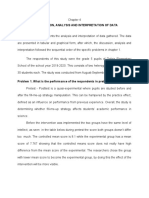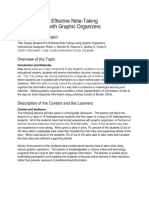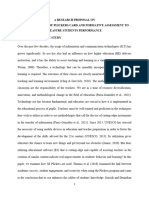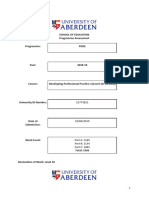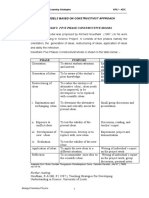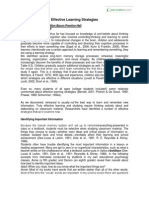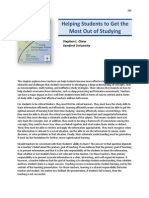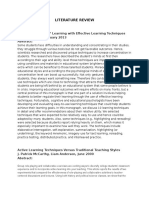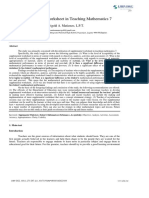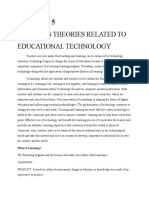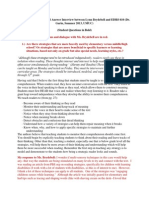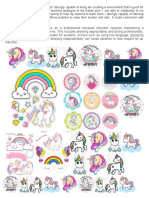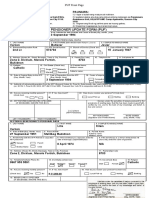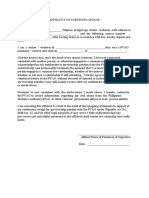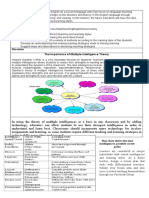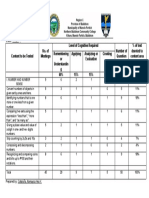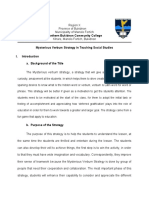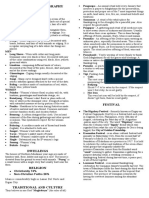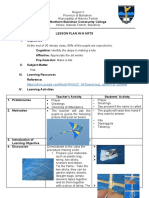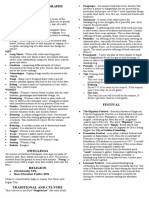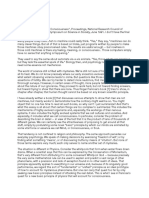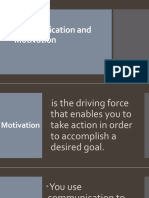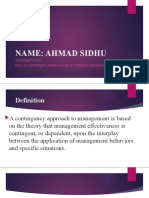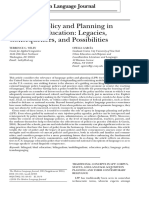0% found this document useful (0 votes)
131 views11 pagesChap 1
This document presents a study on using a "fill-me-up" strategy to enhance student performance in science among 5th grade students. The strategy involves providing partially completed handouts for students to fill in during class discussions. This is intended to keep students engaged while developing note-taking skills. The study will compare student test performance between the fill-me-up strategy and a traditional handout method. The results could help teachers improve their teaching methods and help students perform better in science.
Uploaded by
vea verzonCopyright
© © All Rights Reserved
We take content rights seriously. If you suspect this is your content, claim it here.
Available Formats
Download as DOCX, PDF, TXT or read online on Scribd
0% found this document useful (0 votes)
131 views11 pagesChap 1
This document presents a study on using a "fill-me-up" strategy to enhance student performance in science among 5th grade students. The strategy involves providing partially completed handouts for students to fill in during class discussions. This is intended to keep students engaged while developing note-taking skills. The study will compare student test performance between the fill-me-up strategy and a traditional handout method. The results could help teachers improve their teaching methods and help students perform better in science.
Uploaded by
vea verzonCopyright
© © All Rights Reserved
We take content rights seriously. If you suspect this is your content, claim it here.
Available Formats
Download as DOCX, PDF, TXT or read online on Scribd
/ 11


